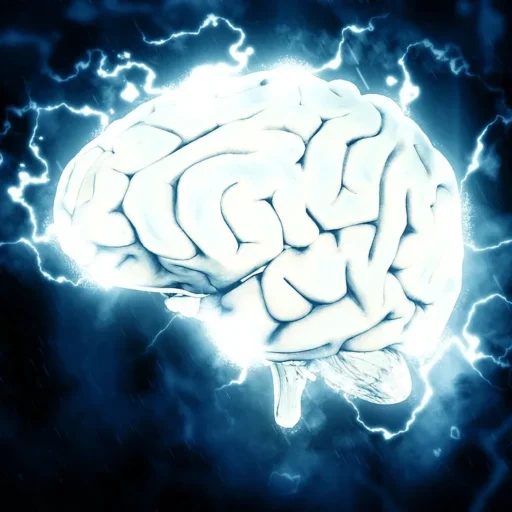EMF and the brain
Microwave Sickness
and other symptoms from the brain
How does wireless effect the brain?
Wireless technologies can effect the brain by giving it stress and by oxidative stress mechanisms.
It can damage the brain and this can give various symptoms.
Stress. Stress symptoms are common symptoms.
Sleeping problems.
The blood-brain barrier can be damaged.
Cells can die.
Cancer cells like glioma can develop.
Behaviour and function can be effected like ADHD, autism ao.
Problems with concentrating
Speaking can be effected and language development can be slowed.
Mathematical thinking can be affected.
Nerves and myelin around the nerves can be damaged.
Inflammation in the brain.
Stress, irritability, and even aggression can be seen.
Microwave sickness is often shown by nerve pain in the brain.
Some get dizzy.
Often just some or a few of these symptoms are present.

Microwave sickness info reflections and questions concerning the brain:
Heuser’s study where he brain scanned 10 people with EHS (microwave sickness) showed that all 10 people had hyperconnectivity in their medial orbitofrontal cortex.
The medial orbitofrontal cortex is associated with decision-making, emotional regulation, and reward processing.
Fire fighters who previously had been healthy developed several neurological problems after a mobile phone mast were put on the roof of the fire station. They got brain scanned just with another type of scan (the SPECT brain scan) and it showed damage all over the brain. (see links further down this page).
The study doesn’t explain the mechanisms behind.
Can this hyperconnectivity, where the region is more active than usual, be a compensatory mechanism or due to chronic stimulation?
Can it be the brain’s response to chronic pain or inflammation? Evidence suggests that chronic pain can alter brain connectivity, including increased activity in areas involved in pain processing and modulation.
It’s a point that Heuser explains how increased activity and increase in the brain (if it continuous) can lead to a decrease of the brain.
Other studies show that wireless technologies (like phones) can both stress but also damage the brain and leave to the death of some brain cells.
We’ve also noticed that BBB (blood barrier break) can occur.
Neurological effects can further be studied in The Bioinitiative report (link below).
Statistics of interest are:
beneign tumors in the forehead.
Malignant brain cancer (seen in the individual lopes).
Aggressive brain tumors like glioma types.
Stress
Neurological symptoms
Sleeping disorders
Behavioral problems
Learning disorders
Other symptoms.
Functional brain MRI in patients complaining of electrohypersensitivity after long term exposure to electromagnetic fields
PubMed 2017
Gunnar Heuser , Sylvia A Heuser
The study made fMRI scans on 10 people suffering from EHS (microwave sickness).
“All ten patients had abnormal functional MRI brain scans. The abnormality was often described as hyper connectivity of the anterior component of the default mode in the medial orbitofrontal area. Other abnormalities were usually found. Regular MRI studies of the brain were mostly unremarkable in these patients.”
The study highlights hyperconnectivity in the anterior component (of the default mode network) in the area medial Orbitofrontal Cortex.
The medial orbitofrontal cortex is associated with decision-making, emotional regulation, and reward processing.
Link:
https://pubmed.ncbi.nlm.nih.gov/28678737/

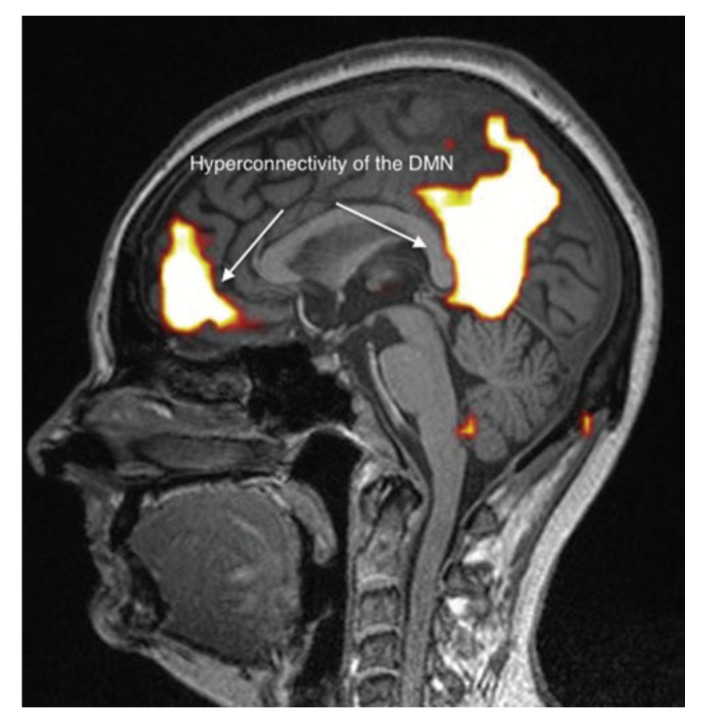
The Critical Importance of Molecular Biomarkers and Imaging in the Study of Electrohypersensitivity.
2021 Jul 7
Belpomme among others.
A Scientific Consensus International Report.
International Journal of Molecular Sciences.
Pubmed
NIH National Institutes of Health
Link: https://www.ncbi.nlm.nih.gov/pmc/articles/PMC8304862/
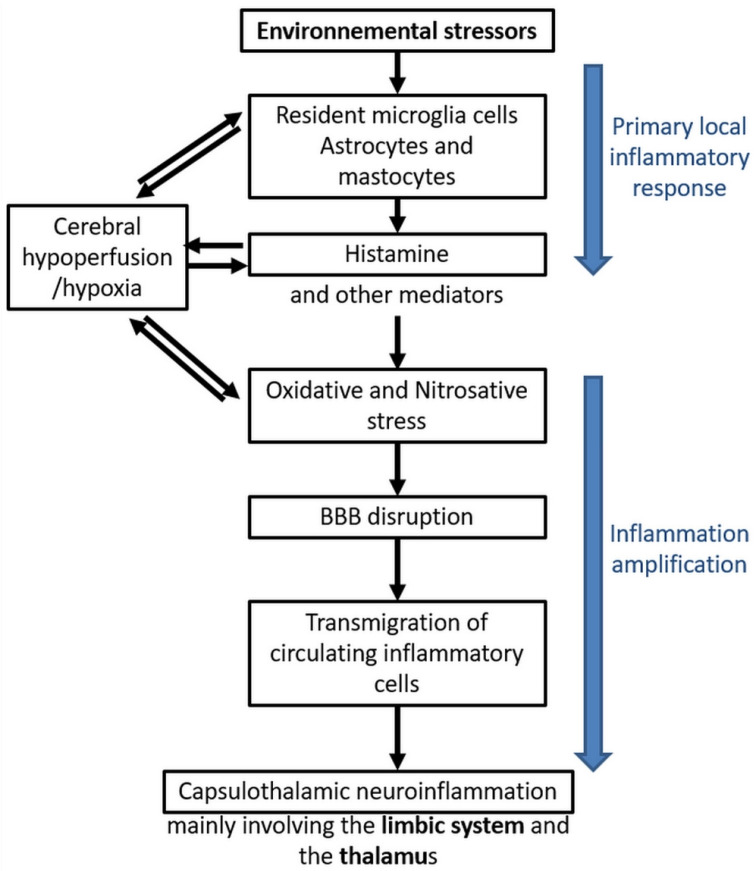
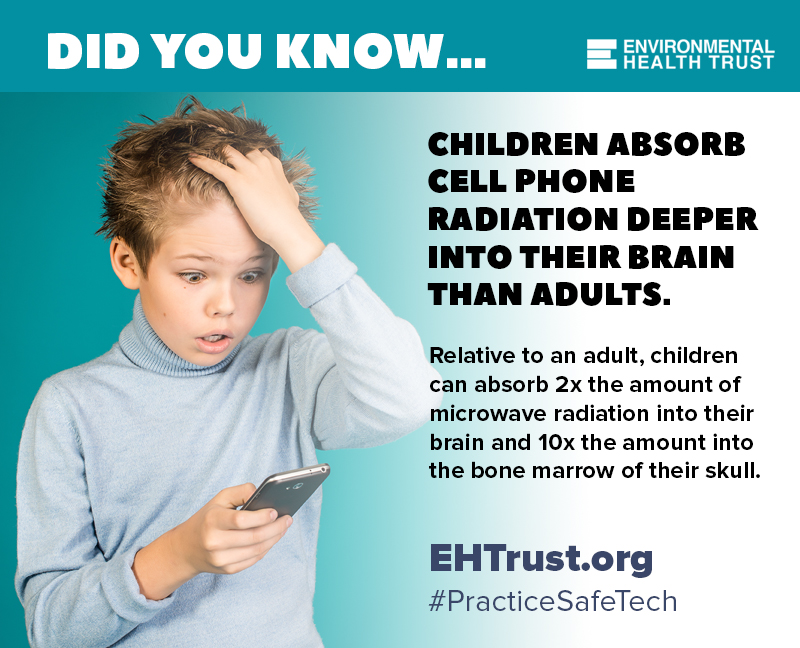
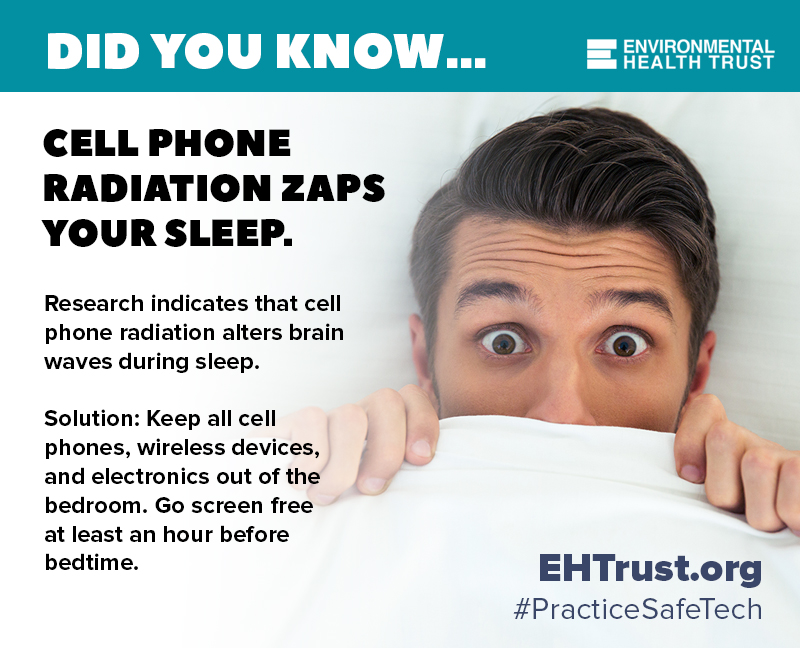
How does wireless radiation stress the brain?
You can measure on an EEG how wireless devices stress the brain.
Internal link to the test: https://microwavesicknessinfo.com/index.php/how-does-wireless-harm/
This video is based on the findings of neurobiology.

Wi-fi stresses the brain
Brain waves
Here you can see how wi-fi stresses the brain.
Picture 1:
The first picture shows an EEG where the brain waves have been measured. The measurements are normal.
There’s no wi-fi. The wi-fi is turned off.
Picture 2:
Here you can see the brain waves measured with wi-fi (WLAN) turned on. The EEG measurement shows an abnormal level af stress on the brain.
You can watch the full video here on our page “How does wireless harm?”:

Growing up Healthy in a World of Digital Media
This video is based on the findings of neurobiology.
1. dec. 2021
What parents and educators should know:
Digital media affects brain development.
A video for parents, educators, teachers and parents’ evenings. Smartphones, tablet PCs, PC gaming – the world in which our children live is changing rapidly.
What do children need for healthy brain development?
What are the risks of smartphones and surfing the Internet?
How does cell phone and Internet addiction develop, what does sensory overload do to children?
This film shows how these risks can be avoided? We want our children to grow up to be healthy, self-confident and intelligent people who can later cope well with the complex demands of life.
For this to succeed, every child needs a variety of sensory experiences, it needs very different movements, motivation and empathy. This is how the child’s brain can develop in an all-round way.
This video is based on the findings of neurobiology.
Link to website:
https://shop.diagnose-funk.org/Buch-D…
Read about neurological effects in The Bioinitiative Report
https://bioinitiative.org/research-summaries/
22 Functional Brain Scans of Patients Exposed to Neurotoxic Chemicals and/or EMF, Gunnar Heuser MD
This video is based on the findings of neurobiology.
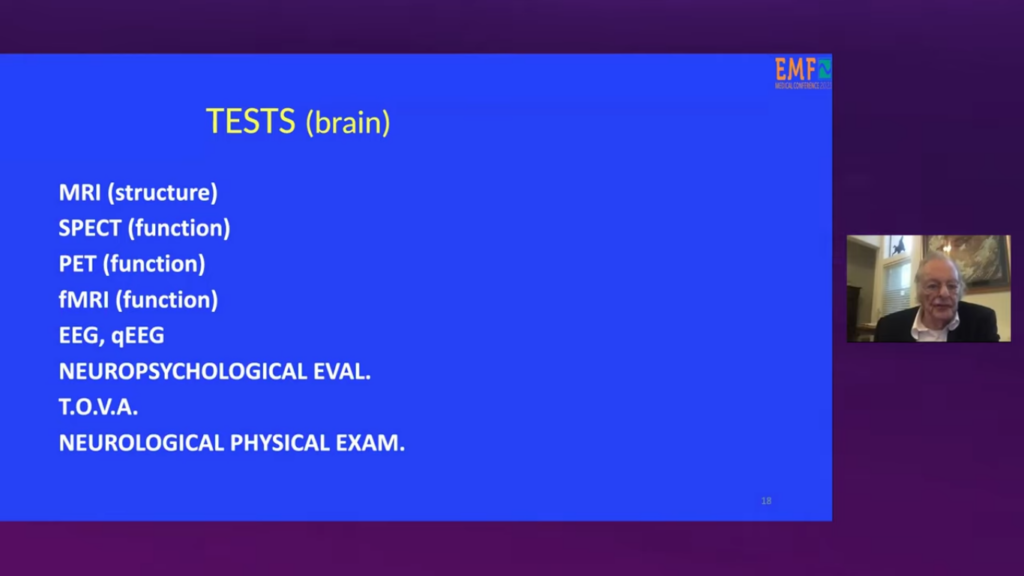

fMRI brain scans
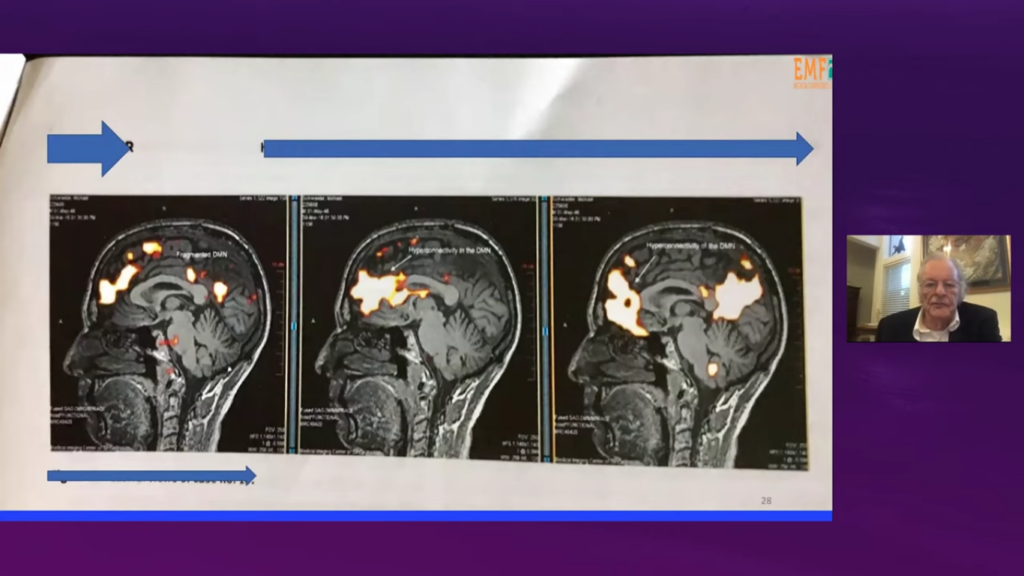
Gunnar Heuser MD explains following in the video.
fMRI brain scans
The brain scans show abnormality.
10 patiens with EHS symptoms were scanned and all brain scans showed abnormal results.
Scan showed connectivity and the brains were hyperconnected (can be seen on the images).
All 10 people had hyperconnectivity in the anterior component (of the default mode network) in the area medial orbitofrontal cortex.
Internal link to the test:
https://www.youtube.com/watch?v=s6M9nLG9Onw
SPECT brain scans
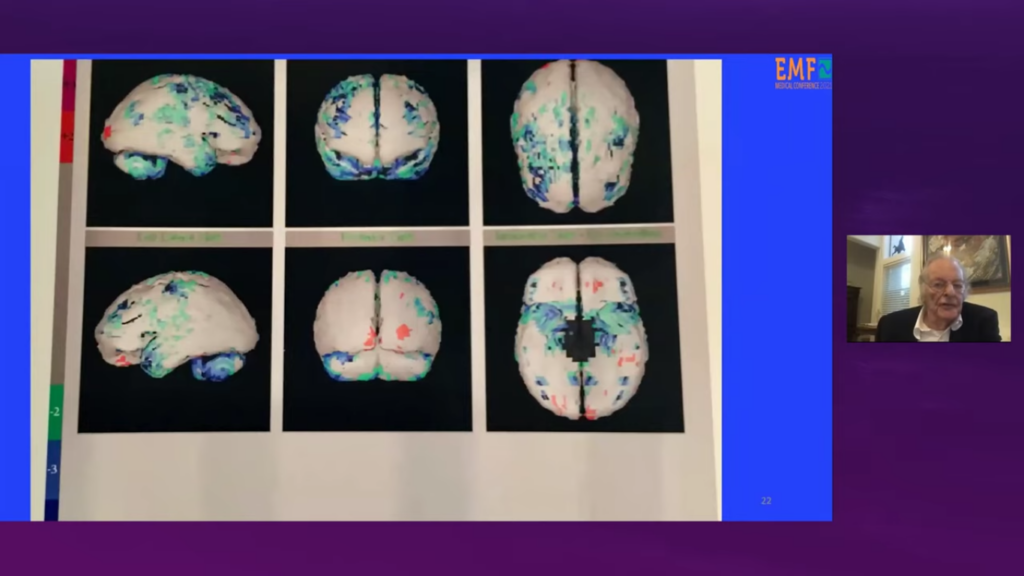
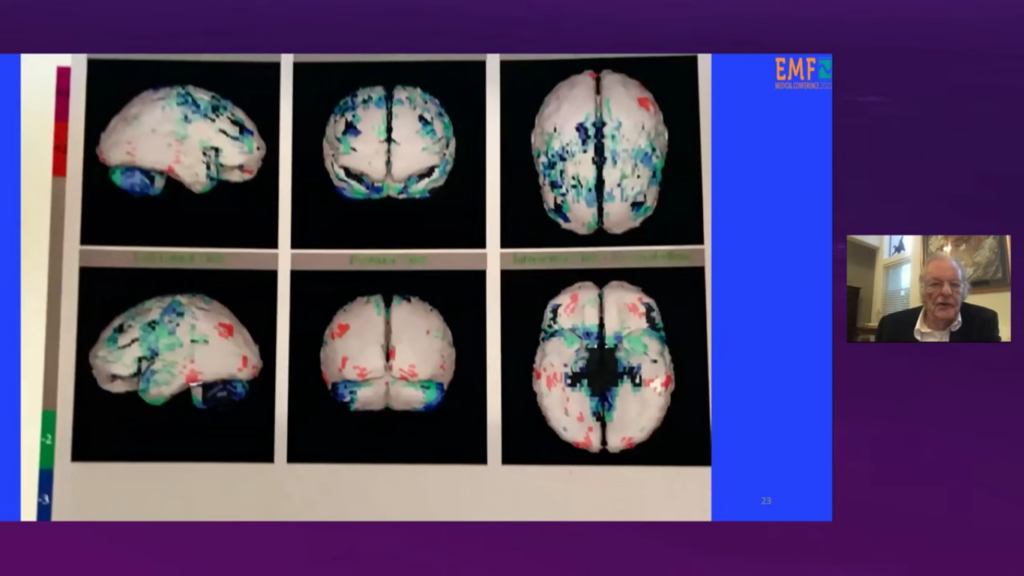
6 firefighters working under mobile phone mast at the fire station.
The firefighters were healthy before the mobile phone cell towers were put up.
The firefighters had problems with cognition, problems finding the way when driving, headaches, disorientation, and neurological problems.
MRI brain scans
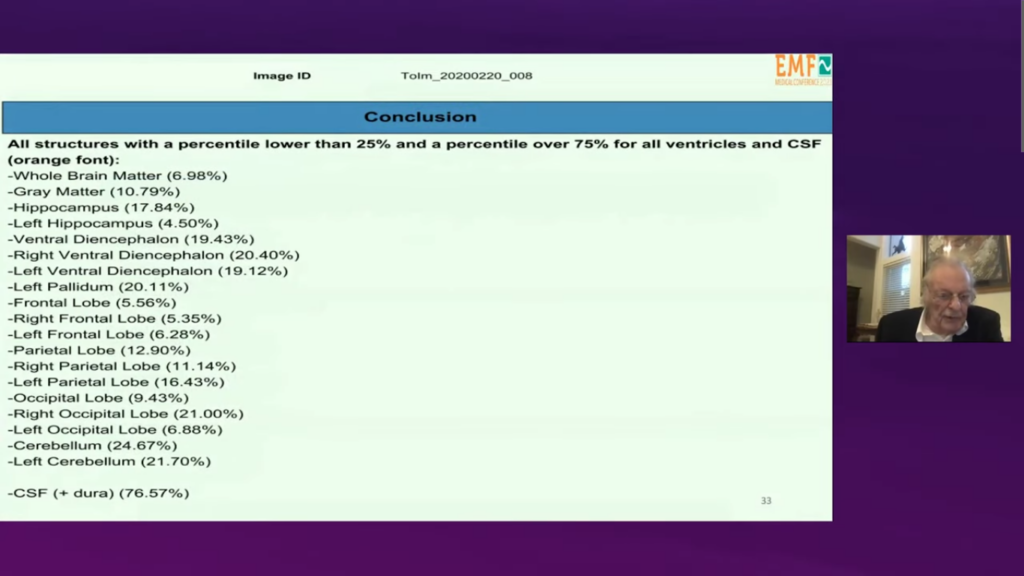
Gunnar Heuser MD explains following in the video.
MRI brain scans
He explains how increased activity and increase in brain if it continuous can lead to a decrease of the brain (in the areas).
These data is from an MEI scan of an electrical lineman. He suffered from seizures.
Small amounts of repetitive stimulation can give seizures.
His right occipital lope is much larger and his left lope is much smaller.
Associations Between Infant Screen Use, Electroencephalography Markers, and Cognitive Outcomes
JAMA Pediatr. Published online January 30, 2023
Conclusions and Relevance
In this study, infant screen use was associated with altered cortical EEG activity before age 2 years; the identified EEG markers mediated the association between infant screen time and executive functions. Further efforts are urgently needed to distinguish the direct association of infant screen use compared with family factors that predispose early screen use on executive function impairments.
Link to the study:
https://jamanetwork.com/journals/jamapediatrics/fullarticle/2800776

Study: Infants exposed to excessive screen time show differences in brain function beyond eight years of age
NUS Yong Loo Lin School of Medicine
Published: 31 Jan 2023
“
The brain of a child grows rapidly from the time of birth until early childhood. However, the part of the brain that controls executive functioning, or the prefrontal cortex, has a more protracted development. Executive functions include the ability to sustain attention, process information and regulate emotional states, all of which are essential for learning and school performance. The advantage of this slower growth in the prefrontal cortex is that the imbuing and shaping of executive function skills can happen across the school years until higher education. However, this same area of the brain responsible for executive functioning skills is also highly vulnerable to environmental influences over an extended period of time.
This study points to excessive screen time as one of the environmental influences that may interfere with executive function development. Prior research suggests that infants have trouble processing information on a two-dimensional screen.”
Link
Study Probes Connection Between Excessive Screen Media Activity and Mental Health Problems in Youth
21 Martz 2023
“Smartphones, tablets, gaming systems, and other screen devices have become a major temptation for people of all ages, but a new study is focusing on the possible connection between excessive screen media activity and mental health problems in youth.”
https://medicine.yale.edu/news-article/yale-study-probes-connection-between-excessive-screen-media-activity-and-mental-health-problems-in-youth/

Longitudinal Associations Between Use of Mobile Devices for Calming and Emotional Reactivity and Executive Functioning in Children Aged 3 to 5 Years
December 12, 2022
Conclusions and Relevance
The findings of this study suggest that the frequent use of mobile devices for calming young children may displace their opportunities for learning emotion-regulation strategies over time; therefore, pediatric health care professionals may wish to encourage alternate calming approaches.
Link:
https://jamanetwork.com/journals/jamapediatrics/article-abstract/2799042

CNN: Giving your child a screen may hinder emotional regulation, study says. Here’s what to do instead
December 12, 2022
CNN writes:
“
“When you see your 3- to 5-year-old having a tough emotional moment, meaning they are screaming and crying about something, they’re getting frustrated, they might be hitting or kicking or lying on the floor. … If your go-to strategy is to distract them or get them to be quiet by using media, then this study suggests that is not helping them in the long term,” said Radesky, associate professor of behavioral sciences at the University of Michigan Medical School.
There are two problems with distracting with media: It takes away an opportunity to teach the child about how to respond to difficult emotions, and it can reinforce that big displays of their difficult emotions are effective ways to get what they want, Radesky said.
“I’m just going to show big emotions so we can stop what we’re doing, and I can escape this demand,” she said.
The study lines up with the current recommendations from the American Academy of Pediatrics, the American Academy of Child and Adolescent Psychiatry and the World Health Organization that children ages 2 to 5 should have very limited screen time, said Dr. Joyce Harrison, associate professor of psychiatry and behavioral sciences at Johns Hopkins School of Medicine in Baltimore.”
https://edition.cnn.com/2022/12/12/health/tantrum-distraction-screens-parenting-wellness/index.html
Other science info and links
Brain Drain: The Mere Presence of One’s Own Smartphone Reduces Available Cognitive Capacity:
https://www.journals.uchicago.edu/doi/full/10.1086/691462#d24733625e1
Anna Lembke, prof. in psychiatry, on addiction:
Threshold of radiofrequency electromagnetic field effect on human brain:

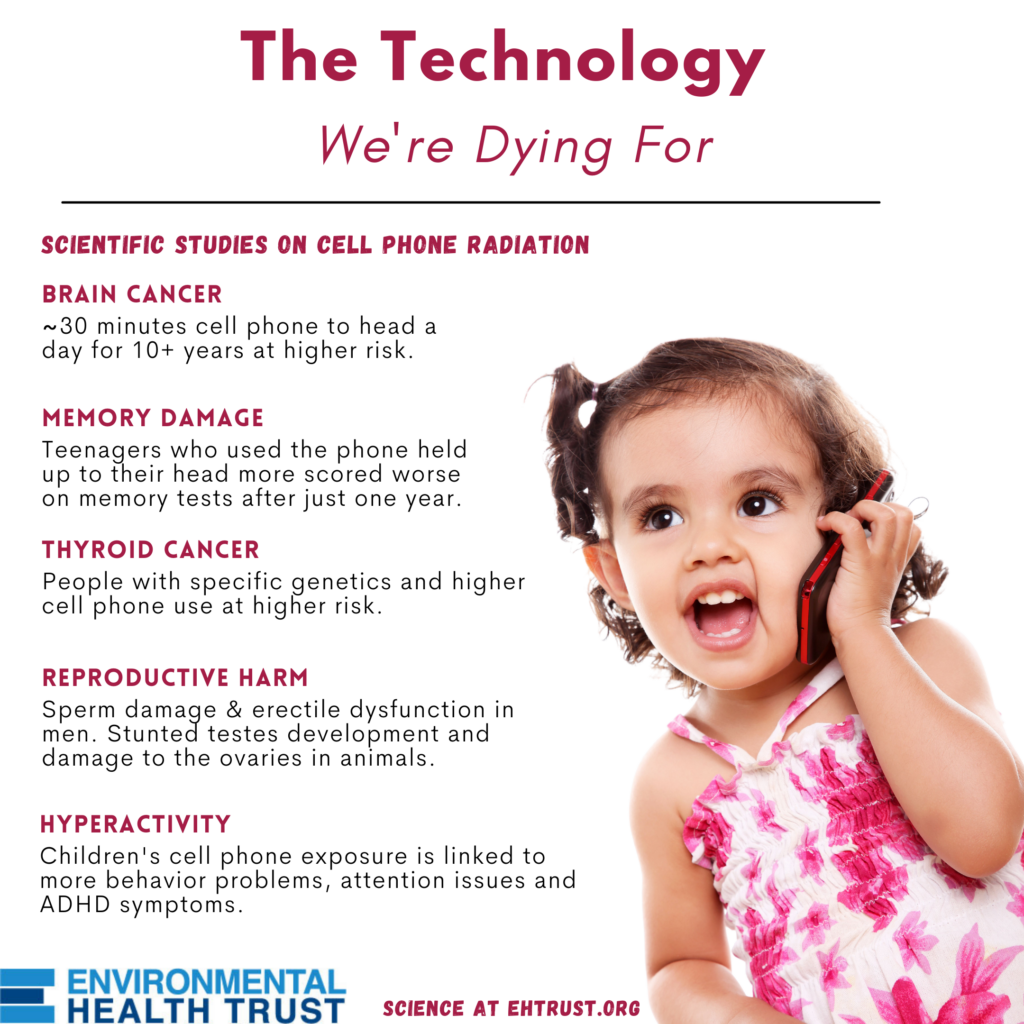

Sign up for our newsletter
“
Get the latest science and news about Microwave Sickness here
Microwave Sickness
<!– wp:tnp/minimal –>
<div style=”padding:20px” class=”wp-block-tnp-minimal”><p>Subscribe to our newsletter!</p><div>
<!– /wp:tnp/minimal –>
